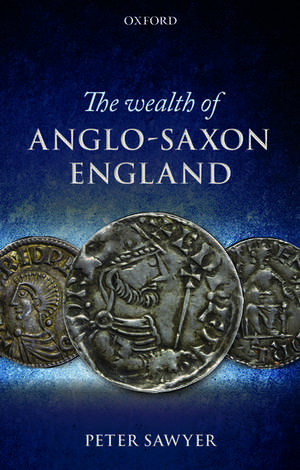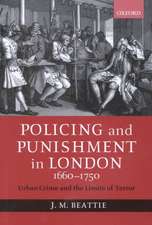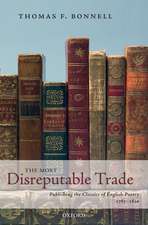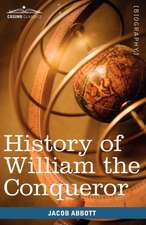The Wealth of Anglo-Saxon England
Autor Peter Sawyeren Limba Engleză Hardback – 21 feb 2013
Preț: 356.23 lei
Preț vechi: 492.36 lei
-28% Nou
Puncte Express: 534
Preț estimativ în valută:
68.17€ • 70.91$ • 56.28£
68.17€ • 70.91$ • 56.28£
Carte tipărită la comandă
Livrare economică 01-07 aprilie
Preluare comenzi: 021 569.72.76
Specificații
ISBN-13: 9780199253937
ISBN-10: 0199253935
Pagini: 168
Ilustrații: 12 black and white illustrations
Dimensiuni: 147 x 222 x 19 mm
Greutate: 0.36 kg
Editura: OUP OXFORD
Colecția OUP Oxford
Locul publicării:Oxford, United Kingdom
ISBN-10: 0199253935
Pagini: 168
Ilustrații: 12 black and white illustrations
Dimensiuni: 147 x 222 x 19 mm
Greutate: 0.36 kg
Editura: OUP OXFORD
Colecția OUP Oxford
Locul publicării:Oxford, United Kingdom
Recenzii
Sawyer handles the evidence masterfully and his work is as engaging and thought-provoking as ever.
For nearly fifty years, Professor Sawyer has expounded on the riches of late Anglo-Saxon England ... It is a mark of the quality of Sawyer's scholarship that, nearly half a century later, his central argument not only stands, but has been bolstered.
It is testimony to the strength of Sawyer's original ideas that so much has not only survived decades of research, including his own extensive contributions, but has been corroborated by it.
A very readable and informative study of the changing conditions at home and abroad which drove the production of wealth in England between the end of Roman Britain and the arrival of the Normans.
For nearly fifty years, Professor Sawyer has expounded on the riches of late Anglo-Saxon England ... It is a mark of the quality of Sawyer's scholarship that, nearly half a century later, his central argument not only stands, but has been bolstered.
It is testimony to the strength of Sawyer's original ideas that so much has not only survived decades of research, including his own extensive contributions, but has been corroborated by it.
A very readable and informative study of the changing conditions at home and abroad which drove the production of wealth in England between the end of Roman Britain and the arrival of the Normans.
Notă biografică
Peter Sawyer has taught at the universities of Edinburgh, Birmingham, Leeds, Gothenburg, Minnesota, and California-Berkeley. He was Professor of Medieval History at Leeds University from1970 till 1982, and took early retirement to live in Sweden and devote more time to early Scandinavian history. He was awarded an Honorary DPhil. from the University of Copenhagen in 2005.





















